-
Posts
861 -
Joined
Content Type
Profiles
Forums
Store
Help Articles
Posts posted by Shaya
-
-
I just found this thread and am fascinated by the idea of celebrating girls. The foods you all have prepare are really beautiful. So many colors and textures. My eye caught the dolls. The man who made my wedding dress actually gave two of these dolls to us. I figured they were special, as they came from an antique shop, but I had no idea they were part of a traditional celebration. Can somebody tell me the significance of these two? Is there something special I should do with them during the year?
Is a food offering made to them?
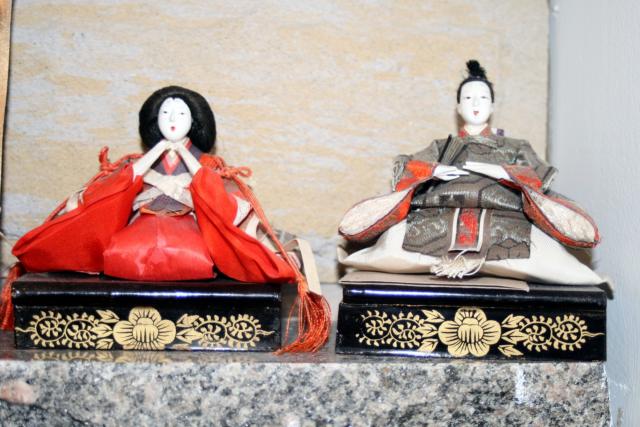
Also, if there is no little girl in the house (I have two boys) can you celebrate Moms instead?
-
I will be your surrogate grandmother for today!
Making Persian rice is a two step process that consists of boiling followed by steaming.
Ok Dahling, so first you have to rinse the rice in warm water until the water runs clear. Then soak for at least an hour, or overnight. For a family of four I make 2 cups for one night, or 3 cups if I want to have leftovers. Make sure you use a good basmati, we use Elephant Brand #817.

Then drain the rice, and add to a large pot filled with well-salted boiling water, as if you are cooking pasta.
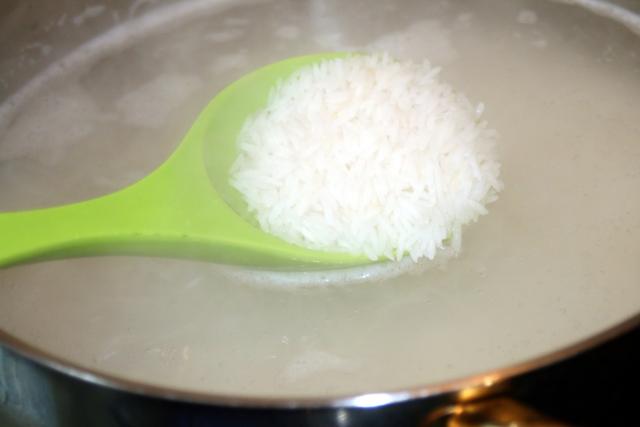
Boil on high until it comes to a rolling boil. After a minute or two of a good boil, add a bowlful of cold water. Yes, that's right. This forces the water to boil again, and allows the rice to grow nice and long. Stir from time to time as the rice comes to a boil.
After it boils for about 3 more minutes, taste it, it should taste firm yet partly cooked. Take it over to the sink and drain in a strainer. Run the cold water over the rice for a few moments to stop the cooking and rinse off the excess starch. Rinse the starch from the edges of the pot.
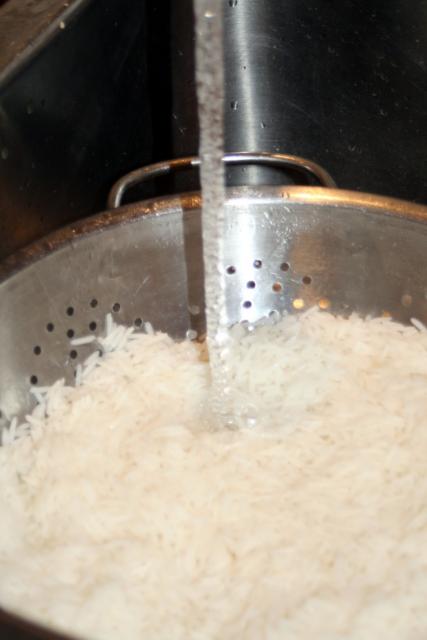
Return the empty pot to the stove, and add about a quarter cup of water and about 2--3 tablespoons of oil or butter. I added about 1.5 tbsp of mazola and 1 tbsp of butter. Also add 1-2 tsp of salt. Allow this to come to a simmer over high heat. Them remove half of this liquid and reserve.

Return the rice to the pot but don't press it down, leave it to fall in a loose heap, and sort of pile it onto itself gently.
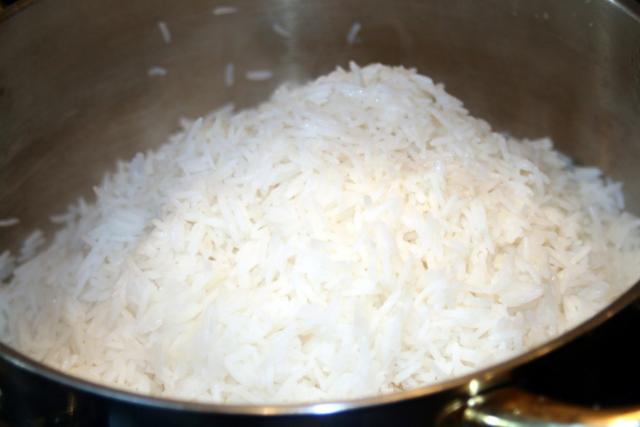
When you start to see the steam rise to the top, you know it is time to turn down the heat to lo. Add the reserved mixture of water and oil. Stir the top gently if you like but DO NOT GO DOWN TO THE BOTTOM or you will disturb the tahdig that is working so hard to form! Leave the rice in a heap again, removing it from the edges and piling it onto the top. Cover the pot with a clean linen towel or paper towels and place the lit on tightly. The rice will now steam until it is done.

After about twenty to thirty minutes you can remove the towel. Now you can check for the tahdig. Carefully pull aside some of the rice from the bottom, but stay away from the bottom layer of rice...hopefully this will now be a nice crispy layer by now. If not, add some more oil near the bottom and turn the heat up for two or three minutes to try to encourage a crust to form.
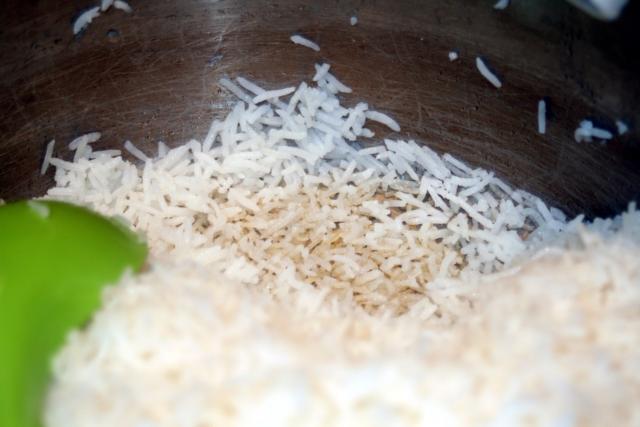
For tonight's stew, which you can read more about here, I didn't want any zereshk or other competing flavors in the rice. I simply dilulted some saffron that I partially crushed in my mortar and pestle. Today I used some of the water-oil mixture as I had too much, but you can just use plain boiling water.
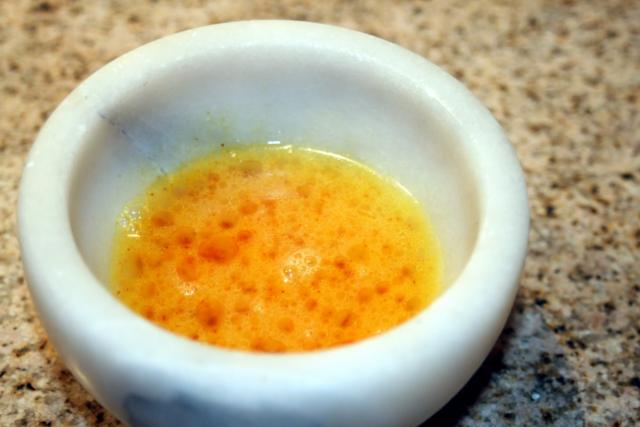
I wish for you my dear children that your tahdig should always be beautiful and release from the pot without a hitch.


Try it, let me know how it goes.
-
Tonight's Dinner, Khorest Khemee. It was wonderfully warming, hearty, sour and flavorful.

-
Melamed that stew looks very intriguing, does it have a name? I'm not too sure how I feel about the combination of fruit and meat in stews...
A comment about the use of the dried limes...I always poke a few holes in them either with a fork or the tip of a sharp knife (they are a bit hard to stab when dry so watch your fingers in the process...) This will help them to release their flavor into the stew. After the limes have softened in the pot I usually smash them down so they give up even move flavor.
I never saw anyone do this growing up but my sweetie loves to eat them once they're cooked
 .
. -
Johnnyd, Hetta, I would love to see your version of this dish!
As for the recipe, the stew is also written as Khoresht Ghaimeh, it's all a translation from Persian, I guess I spell it the way I hear it. You can find the method and proportions here
The only difference is that I don't soak the chickpeas, I find mine cook really well without soaking, but I do soak the dried limes as you noticed, Johnnyd. Also I use only turmeric, not paprika.
Johnnyd, I usually use veal, and that is what I did today, although you can also use lamb or beef.
Also we add fried matchstick potatoes on top of the stew at the table (or even matchstick potato chips or crushed chips in a pinch). The idea is to enjoy the contrast between the soft stew and the crunchy topping. And of course we serve it with Persian style basmati.
-
Here is my mise en place for tonight's stew, Khemee. This is one of my absolute favorites. The ingredient that makes this stew so special is the dried lime. It adds a tartness that is different from that of a fresh lime; it is almost a sweet sort of tart. The other wonderful ingredient is the split peas. These cook until they are tender and even beyond, until they begin to fall apart.
I have used a lot of potato in tonight's dish. Normallly one would use only one, or even none, instead opting for the third special touch in this dish: a topping of fried matchstick potatoes. I will probably do those anyway, but I am partial to potatoes and I enjoy them in this dish, so in they went.
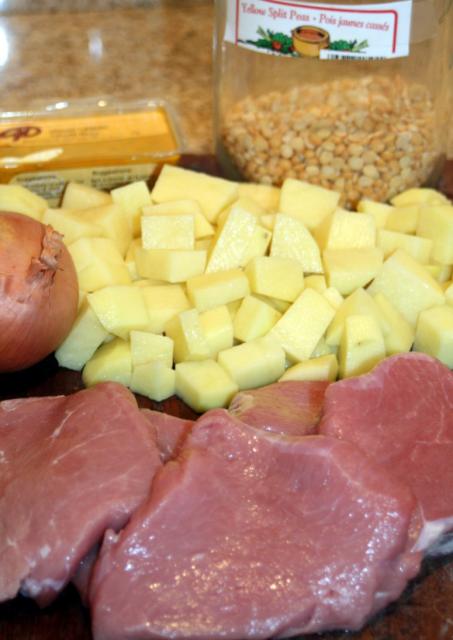
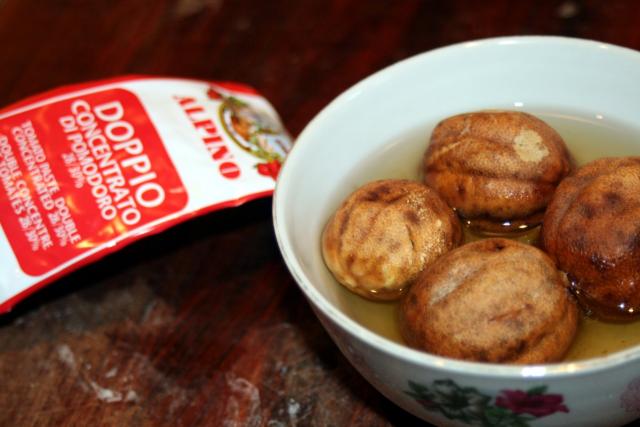
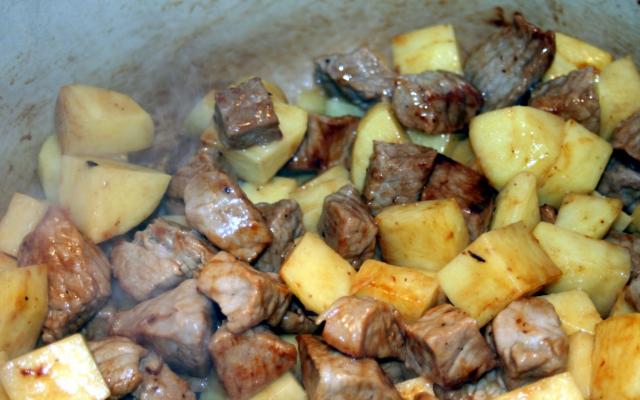
Here is a glimpse of the stew as it all comes together over the heat:
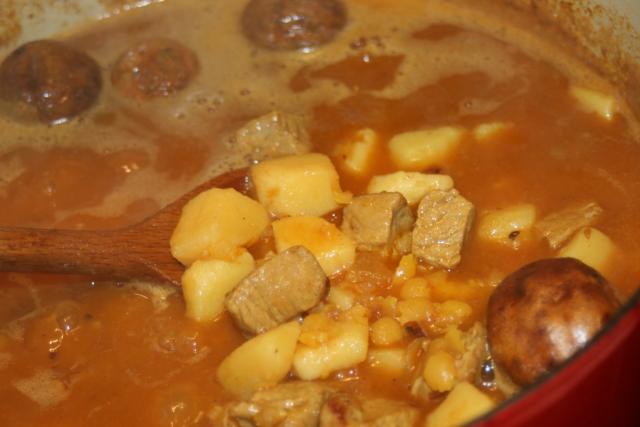
Later I'll show you what it looks like when it's done.
-
The dried barberries I used were not bright red like I have seen in some pictures so pehaps this effects their flavour
I happen to have both kinds at home right now. The darker one I bought at a middle eastern store in Montreal. The redder one I took from our Persian meal at the restaurant Teheran last time we ate there (they always provide a large amount). Tasting them side-by-side I can say the darker one has the texture of dried raisins and that is the initial taste on the palate, then the sourness comes through. The redder one has a much softer texture and the sour flavor is immediately sensed. I prefer the red one.
Zereshk
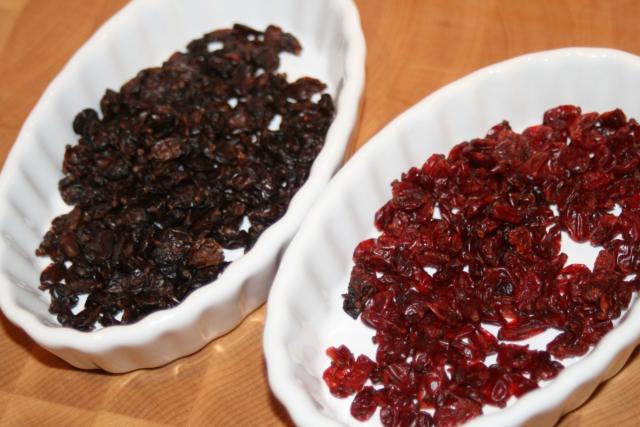
My grandmother taught me to soak the zereshk in boiling water for a few minutes before using, both to clean off the grit and re-hydrate. This helps greatly with the texture of the darker one. Then she would saute it in a bit of oil with the saffron mixture, and use it as topping for the rice.
I have a nonstick pot just for the tah dig because I haven't figured out how Persians made their tah-dig before the invention of teflon, or perhaps tah-dig is only a recently developed dish to take advantage of the great qualities of teflon ?
?You may be surprised to hear that teflon is not required to get the nice tahdig. I spent many years cooking the rice in stainless steal and always got a nice crispy bottom. I switched over to teflon when my mom did a few years ago, but recently I switched back to stainless, and I'm happier with the results. My Aunt and Uncle in California used an old stainless pot for maybe 20 years and they got the best tahdiq ever. The only drawback is that if the tahdiq sticks and can't be removed it's a real pain to clean the pot.
-
Shaya, I did try a little batch of semolina only but it hard to work with. Obviously you have to get the texture just right. The bulgur didn't make them too heavy. No they are not light like matzah balls but they had a typical kibbeh consistency.
Wonderful!
no, actually not gummy at all, the potatoes are that white (they do look a bit gluey, don't they?). I actually took your grandmother's advice and grated the potatoes while still hot. No gluten in pototoes, just starch which is released, as you said, if mixed too much or overboiled. Have no idea what kind of potato I used but they are in season and the best quality now. In the summer I wouldn't make this.I am not sure what causes potatoes to be so sticky out of season.
Yeah, it was hard to tell for sure, I`m glad they turned out so well. Bravo in the grating, you must have teflon hands!
-
What a great looking dinner. Do you find that the more you do these large dinner parties the easier they become- or have you learned to stream line your menu to make it easier on yourself; I entertain often but not usually for more than 8 of us. I am very impressed!
-
Melamed, I am looking at the closeup - was the potato a bit gummy in the final product? If so how did you mash the potato - I think it needs to be grated by hand or put through a ricer when really hot, and not mixed or anything, so as not to agitate the gluten. I could be wrong...maybe it just looks that way in the photo, because your potatoes are so beautifully white.
-
Great looking food, Scubadoo and Melamed. I must tell my Grandmother her food is being made all over the world!
Regarding the beet kubba, all that's really needed to make the shell is semolina #2 and enough water to make a nice pasty dough. Add a tablespoon of ground meat to help bind. It makes a light shell. I wonder if the bulger makes it a little heavier than is intended, especially after boiling. But it looks gorgeous all the same.
I'm glad the kids enjoyed the kubba patata. I would think that frying would make for a different texture - not an unpleasant one at that! But interesting that you preferred the broiling method, it is the way we do ours.
You all are making me hungry!
-
Scubadoo, those look great. Regarding the beets, I find it easy nowadays to roast them in some foil at 425 then they peel easily and don't create the mess that boiling does. That's why they went into my soup rather late in the game.
-
My favorites are quite numerous. Number one is shirin polo, which means sweet rice. Our version uses orange peel, pistachio and saffron. Ir is typically reserved for special occasions, such as marriages, but my Grandmother was the town expert and so she made it very often, as everyone was always asking for it.
I used to make it often as well, as she used to make the mixture for me and my job was made rather easy. Since she hasn't been able to cook I haven't made it myself, perhaps this is my call to do so.
Another favorite is albaloo polo, made with sour cherries.
A third is baqali polo, which is made with lima beans (or fava beans) and dill. Mmmmm. I'm getting hungry.
-
Maybe we should make gourmet tenderloin kubba?
Don't laugh, but when we were growing up my always Mom had her butcher ground up the tenderloin ...she figured it was the best way to keep my Dad's cholesterol in check.
 Ok, you can laugh (but his cholesterol level was always stable).
Ok, you can laugh (but his cholesterol level was always stable). -
Shaya ;your food looks amazing. Love the color of the beet soup. I have read about beet kubba and yours looks wonderful. We use celery leaves in our soup kibbeh as well. One of the common soups with kibbeh is hamud. A very lemony soup with of celery, carrots, onions, mint and lots of garlic.
Thanks Scubadoo. Interesting about the Hamud, I can't think of any traditional dishes my family ate that had carrot in them (and you already know, from my previous post, that garlic was also not used). Interesting how celery leaves are so prominently used. They add great flavor, don't they, something you don't get simply from parsley?
-
Thanks, Melamed. I did call my grandmother and tell her about our discussions regarding one of her favorite topics here on eGullet. She hasn't been able to cook at all for the last 3 years due to failing eyesight. Needless to say she misses it terribly.
So Melamed, you really are reading my mind on so many levels. Firstly, funny you should mention the celery leaves. By chance, at the same time this morning, I decided to make a persian stew made with celery and veal, called Khoresht-e Karafs. I had all the celery leaves nicely chopped and set aside to add at the last minute. Anyhow in my confusion I added the leaves to the wrong pot, right atop the kubba; I took some out but left some in, realizing they had a home there after all. If you look closely at the final photo you can see a hint of them.
Here is a photo of the stew, it has lots of mint in it (I will add more after serving the kids their portions).
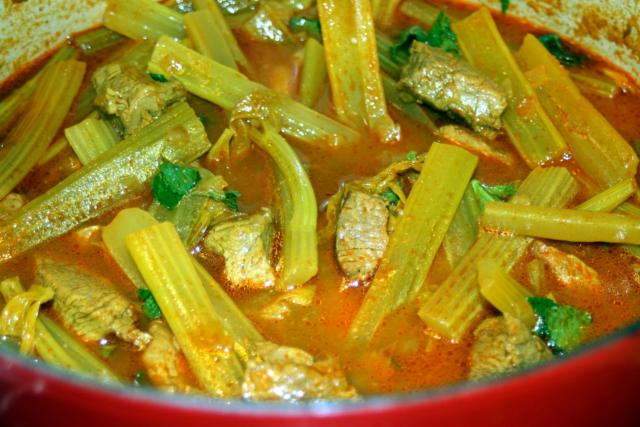
I will pm you with some info about the kubba patata.
Secondly, regarding the topic of garlic. You are probably the first person whose grandmother falls in the same camp as mine, that is, no garlic, no how, no way. I always knew that she did not care for garlic, nor did my mom and dad, but I have never been clear on what the rest of their friends did. My grandmother says the Iranians she knows (and knew when she lived in Iran) all use garlic, and so do the Iraquis in our family. She says she is the one who doesn't use any. So here you have it. I also don't use any garlic when I cook "our" food, but I cook a lot of Italian food and use garlic all the time, although sparingly, and I usually just smash it so I can pull it out during cooking. Family traditions die hard, I guess

-
I made Kebba Shwendar this morning. Here is the process:
Filling Mixture

Shell Mixture
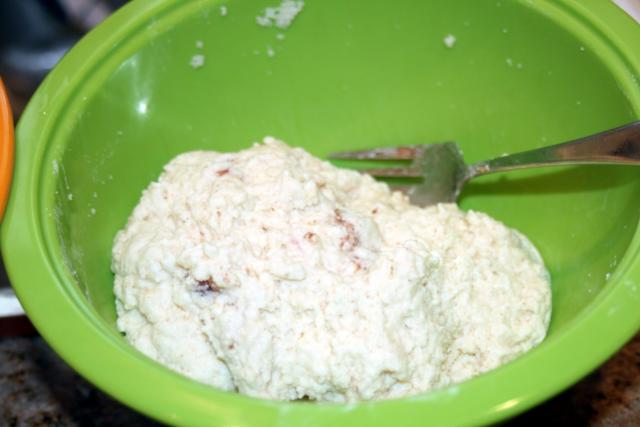
Forming Kubba
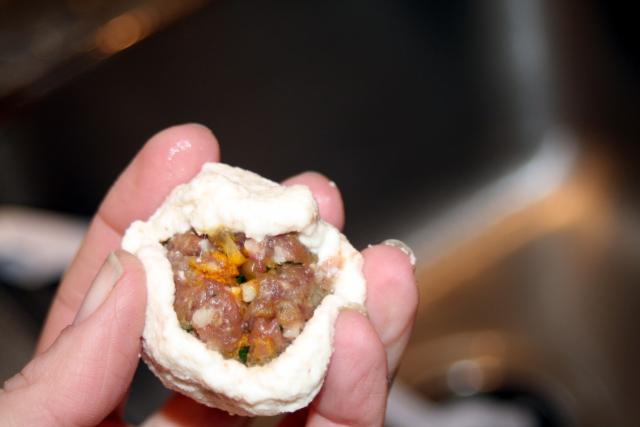
Completed Kubba - for 1lb of very lean organic meat, I got 25 kubba; these go into the freezer for a rest while I prepare the soup
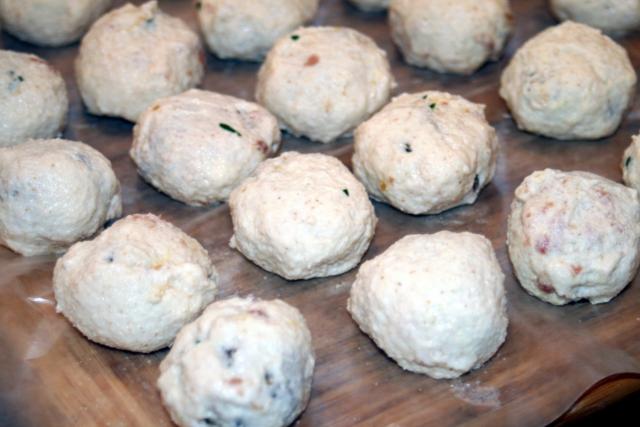
Sauteing onion, tomato paste, turmeric

Simmering
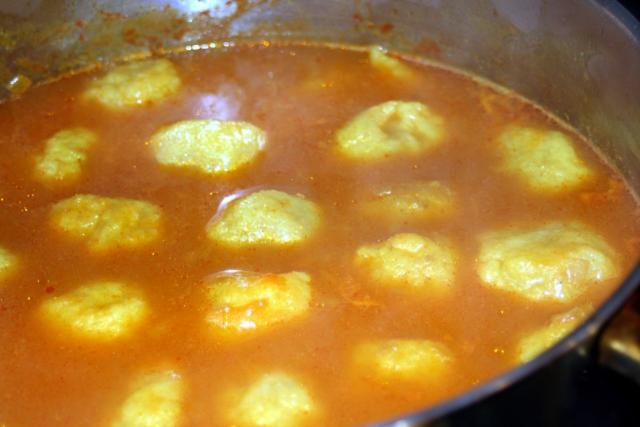
Addition of Beets, lemon, lime, touch of sugar

Ready to Serve - actually I made them for company for tomorrow night. Grandma would be proud.
 Of course I will serve them with basmati, made persian style, probably with saffron
Of course I will serve them with basmati, made persian style, probably with saffron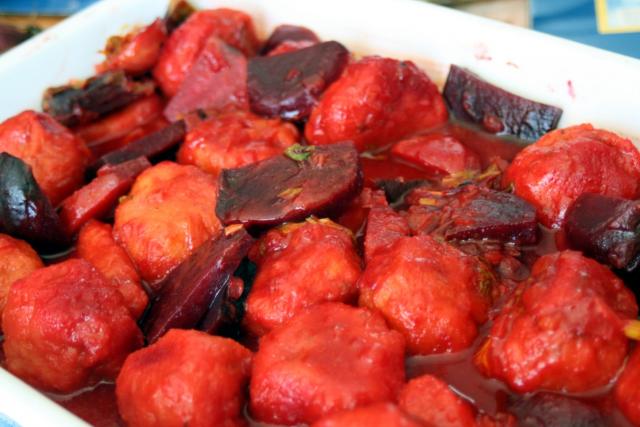
-
Hmmm, ChefCrash, shepherd's pie? The only memory I have of that is from my school lunches, and if I recall correctly the overall effect is rather soft and mushy. The kubba patata are nice and crispy with a soft interior shell, and the beef is not compact but is loose. So I would have to say no to your question!
They are, I have to say, one of my favorite things to eat at lunchtime.
p.s. I made some kubba this morning, and I will put together my photos and post as soon as I can!
-
I didn't know until recently but my grandmother used to make the shell using ground rice and meat as a binder (lamb, beef or chicken) and never used semolina in Iraq.
Yes, this is the way they used to do it. This explains why my grandmother taught me to use a bit of meat in the semolina mixture! The semolina seems to form a nice workable paste on its own, so I wonder if it is necessary, really, but I do it anyway to honor tradition. Do you add meat when using semolina?
I have relatives who combine semolina or jereesha and ground meat, either chicken or beef (they come from near Mosul). Syrians (according Aromas of Aleppo) make their stewed kibbeh with ground meat and rice. It would be interesting to know if your grandmother has any Syrian connections. There's lots of overlapping influences and after 60 years its difficult to pinpoint the origin of any one recipe although I strive for that. Its fun culinary anthropology for me.
I wouldn't say she has any Syrian connections, in fact she learned all her cooking from her cook in Iran (where she lived after being married) who himself had Iraqi ancestry. You could certainly find a lot of culinary anthropological stories in my family! She tells me he used to make the shell with either semolina or rice back then.
-
I didn't know until recently but my grandmother used to make the shell using ground rice and meat as a binder (lamb, beef or chicken) and never used semolina in Iraq.
Yes, this is the way they used to do it. This explains why my grandmother taught me to use a bit of meat in the semolina mixture! The semolina seems to form a nice workable paste on its own, so I wonder if it is necessary, really, but I do it anyway to honor tradition. Do you add meat when using semolina?
-
Do you make your kubba with semolina (or perhaps farina?). Beet kubba is my favorite type, I make it sweet and sour and it is just beautiful.
We use semolina, # 2 to be exact (you know how finicky grandmothers can be!). We also make our beet kubba sweet and sour, although I find that beets are so sweet these days that I only need to add the "sour", lemon and lime. It's also my favorite.
-
We also have a strong tradition of kubba in our family. The photo of your grandma on your website is such a familiar scene to me. My grandmother was so quick at making them, she would fill a tray in no time. Every Monday she would make two types of stew with kubba, and we would have our fill, with extra to be enjoyed later in the week. Thank you for bringing all these memories back to me.

Here are my "kubba patata", a favorite lunchtime snack.
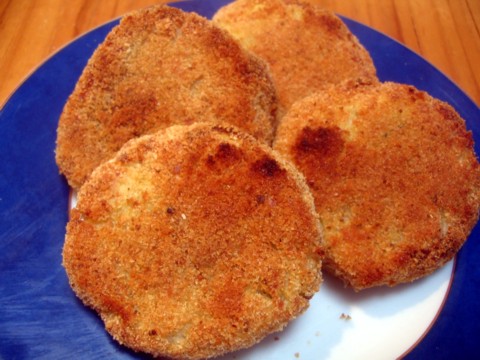

Here is a stew of kubba with courgettes.
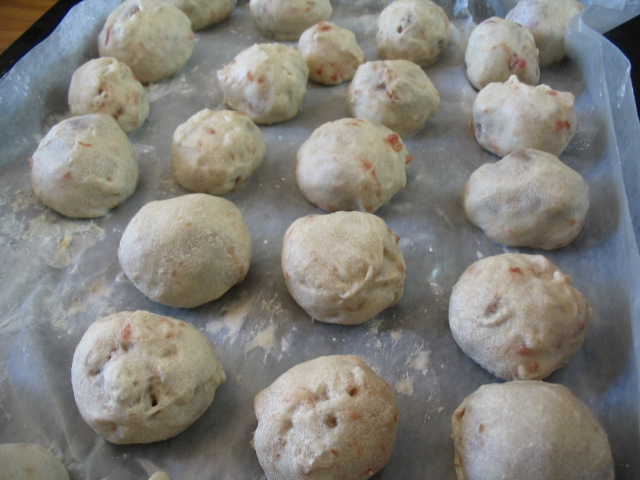
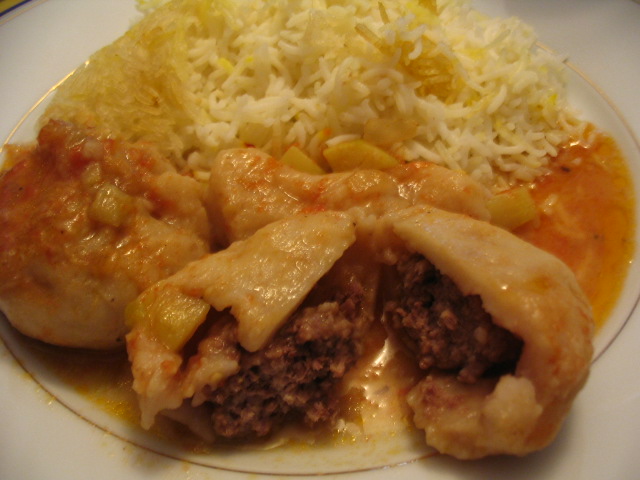
Actually this week I will be making "kubba schwendar" which is a stew made with beets. I will try to post when it's done.
-
The World's Toughest Critic tried her first risotto milanese:
Kevin, what a beauty she is. Wait until she realizes what an amazing cook her daddy is.
Oh, and the dinner looks fantastic too. I have some shanks in the fridge right now, it's one of my favorite meals to make.
-



Persian Stews - Delicious
in Middle East & Africa: Cooking & Baking
Posted
I'm not sure I understand your question, pizzaola.